India’s agriculture sector has witnessed a transformative shift in recent years, thanks to the introduction of high-yielding potato varieties. These hybrid cultivars have boosted potato production and increased farmers’ profits. In this blog, we’ll delve into the world of these remarkable potato varieties, exploring their characteristics and the benefits they bring to Indian farmers. Get ready to discover how these hybrids are changing the landscape of potato farming in India, ushering in a new era of prosperity for agricultural communities.
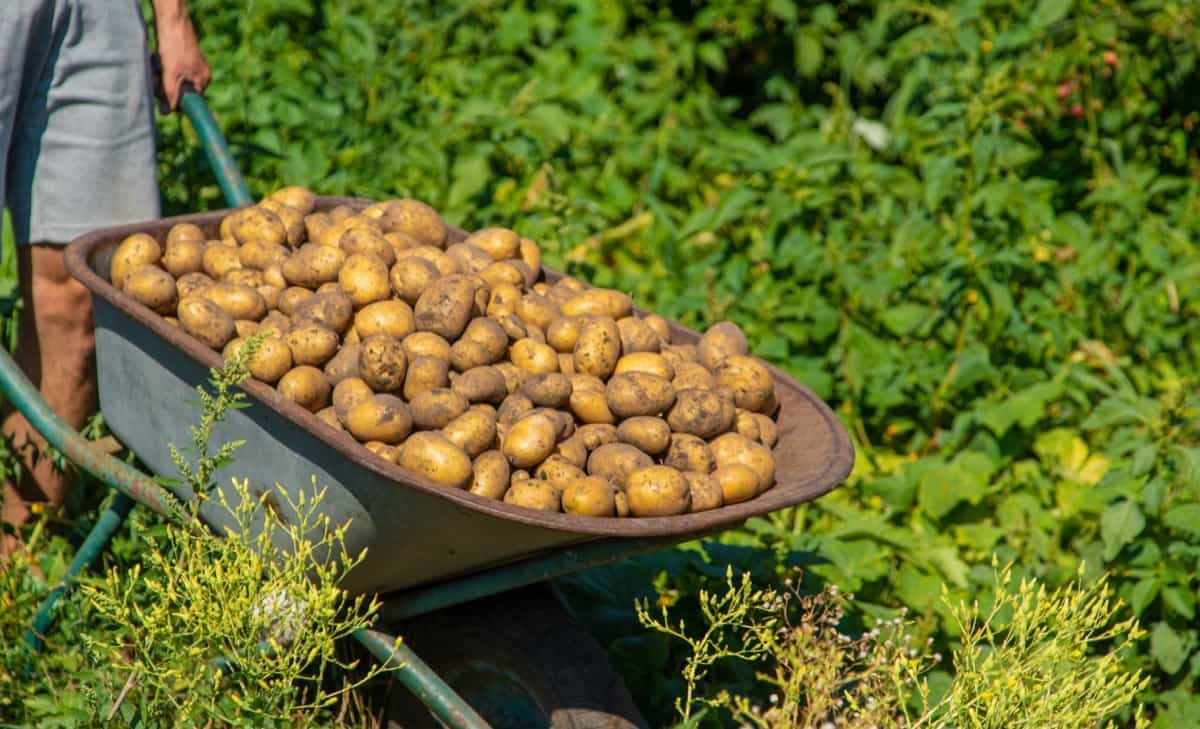
What are High-Yielding Potato Varieties?
High-yielding potato varieties significantly advance modern agriculture, improving productivity and economic benefits. These varieties are scientifically bred to maximize potato production per unit of land and time. They typically resist pests and diseases, shorter growth cycles, and higher tuber yield.
One such variety is the Kufri Jyoti, developed by India’s Central Potato Research Institute (CPRI). It boasts a shorter cultivation period, reducing the risk of crop damage from late blight. Additionally, it’s well-suited to various Indian climates, making it adaptable to different regions. Another noteworthy variety is the Kufri Surya, prized for its high tuber yield and resistance to diseases like early blight. These traits make it a favored choice among potato farmers.
The Central Potato Research Institute (CPRI), Shimla, plays a crucial role in potato research and development in India. With a focus on improving potato varieties suited to diverse agro-climatic conditions, CPRI has developed 51 varieties and a TPS population. These varieties have significantly increased potato production and productivity in India and have also been adopted by several other countries, including Afghanistan, Bangladesh, and Sri Lanka.
Different Varieties of Potatoes Grown in India
Originally hailing from South America, potatoes have become a staple food worldwide. Belonging to the Solanaceae family, they hold unique nutritional value and have diverse industrial applications, including starch and alcohol production. In India, potato cultivation has a rich history, spanning over 300 years, if not more, and is practiced across all states.
In case you missed it: How to Treat Sweet Potato Pests and Diseases: Management, Control, and Prevention
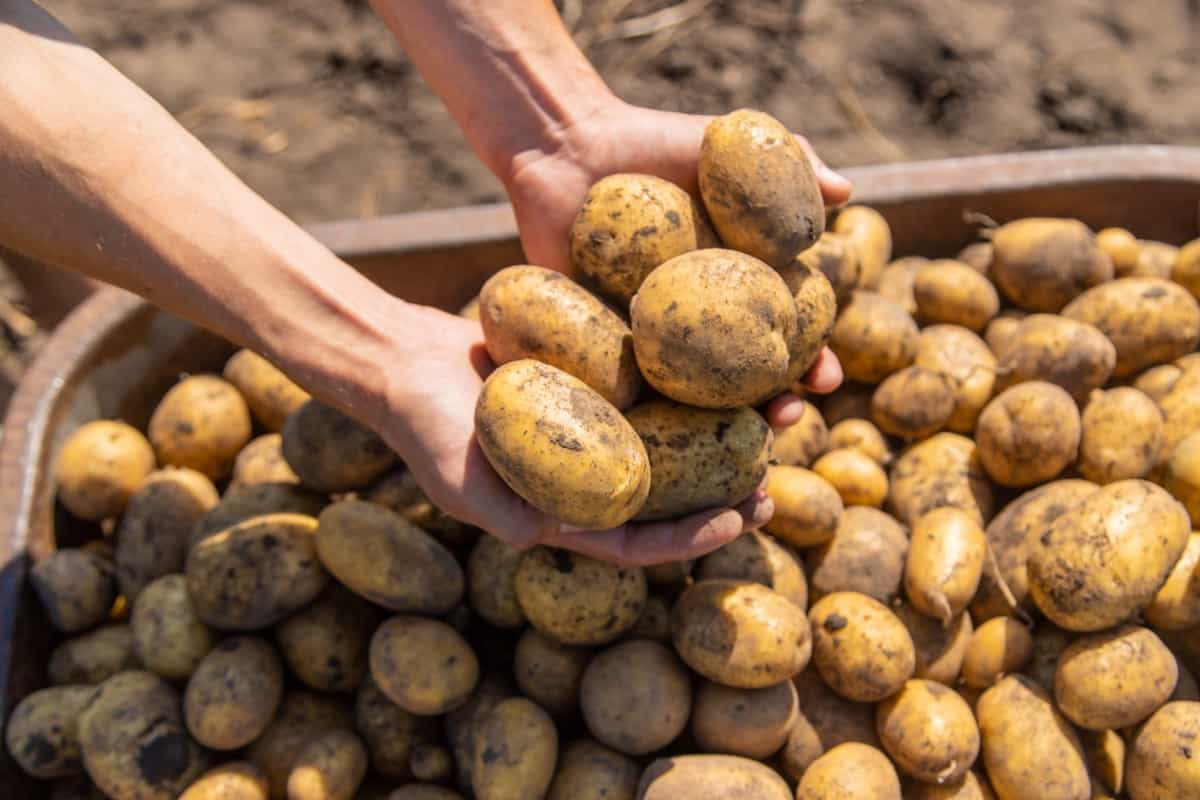
Kufri Sutlej: This variety is primarily grown in Bihar, Uttar Pradesh, Haryana, Punjab, and Madhya Pradesh. It features large, oval tubers with fleet eyes and white flesh, maturing in 90-100 days. The average yield stands at about 40 tonnes per hectare, and it shows moderate resistance to late blight disease, suitable for table and cooking purposes.
Kufri Ashoka: Mostly cultivated in Bihar, Punjab, Haryana, Uttar Pradesh, and West Bengal, Kufri Ashoka offers large, oval-long tubers with fleet eyes and white flesh. Maturing in 70-80 days, it provides an average yield of about 40 tonnes per hectare, suitable for table purposes.
Kufri Pukhraj: Predominantly grown in Bihar, Punjab, Haryana, Uttar Pradesh, Maharashtra, Himachal Pradesh, Madhya Pradesh, Orissa, and West Bengal, Kufri Pukhraj features large, oval, slightly tapered tubers with fleet eyes and yellow flesh. It matures in 70-90 days, yielding about 40 tonnes per hectare. It’s resistant to early blight and moderately resistant to late blight disease.
Kufri Chipsona-1: Mainly cultivated in Bihar and Uttar Pradesh, this variety offers medium to large-sized oval tubers with fleet eyes and dull white flesh. Maturing in 90-110 days, it provides an average yield of about 40 tonnes per hectare, suitable for making chips and French fries.
Kufri Chipsona-2: Found primarily in Bihar and Uttar Pradesh, Kufri Chipsona-2 is medium-sized and round with fleeting eyes and yellow flesh. It matures in 90-110 days, yielding about 35 tonnes per hectare. It’s resistant to late blight disease and tolerant to frost, ideal for preparing chips and French fries.
Kufri Anand: Mostly grown in the plains of Bihar and Uttar Pradesh, Kufri Anand features medium-sized oval-long tubers with fleet eyes, smooth skin, and white flesh. Maturing in 100-110 days, it yields about 35-40 tonnes per hectare and is suitable for making French fries.
Kufri Sindhuri: This potato thrives in Bihar, Gujarat, Maharashtra, Punjab, Uttar Pradesh, Karnataka, and Jammu Kashmir. It takes approximately 110-120 days to mature. Kufri Sindhuri possesses moderate resistance to early blight and the Potato Leaf Roll Virus. Its yield averages around 40 tonnes per acre, making it suitable for processing.
Kufri Chandramukhi: Found mainly in Bihar, Gujarat, Haryana, Punjab, Madhya Pradesh, Himachal Pradesh, Uttar Pradesh, Orissa, and West Bengal, this variety matures in 80-90 days. It features large, round tubers with white flesh, ideal for making instant flakes and chips. The average yield stands at 25 tonnes per acre.
Kufri Jyoti: Grown in Bihar, Maharashtra, Gujarat, Haryana, Punjab, Uttar Pradesh, Karnataka, and West Bengal, Kufri Jyoti boasts small and swift eyes with white flesh. It offers an average yield of 20 tonnes per acre and exhibits moderate resistance to early and late blight, making it suitable for processing.
In case you missed it: Sweet Potato Fertilizer Requirements and Recommendations: Management Practices for Optimal Yield
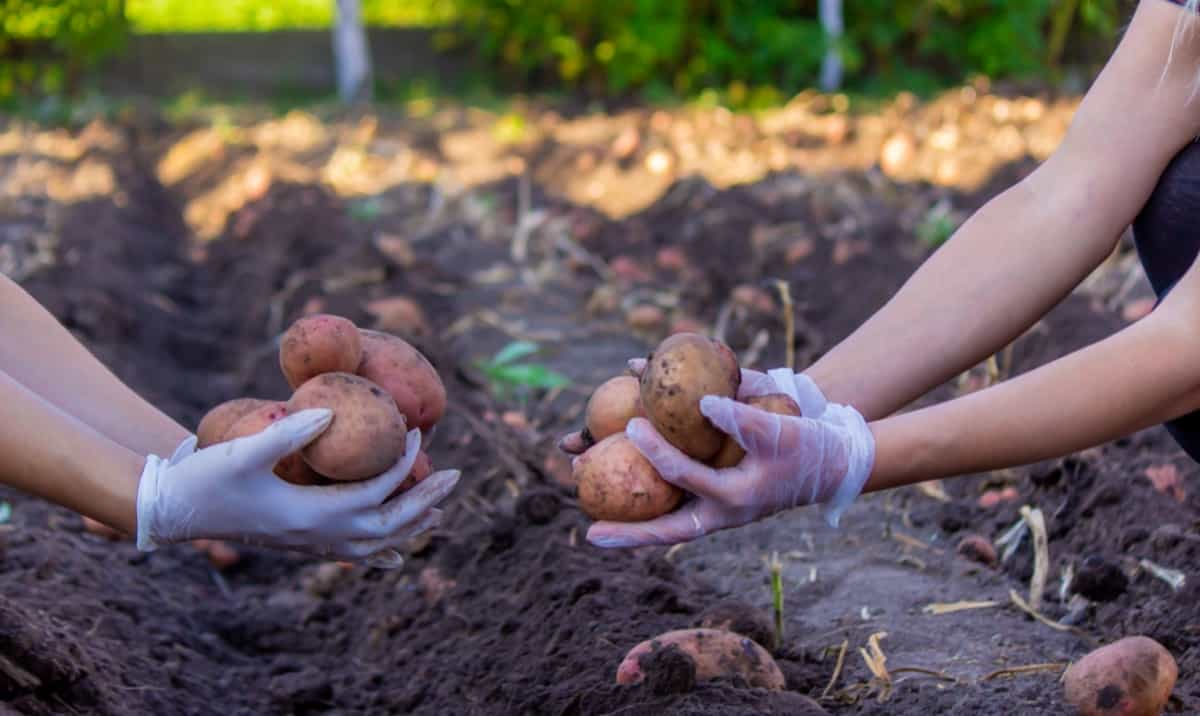
Kufri Lauvkar: This variety is primarily cultivated in Maharashtra, Madhya Pradesh, and Karnataka. Known for its large, round shape and white flesh, it yields faster in warm climates, averaging about 30 tonnes per hectare. Kufri Lauvkar is excellent for making chips.
Kufri Badshah: Predominantly grown in Jammu Kashmir, Haryana, Punjab, Gujarat, Uttar Pradesh, and Madhya Pradesh, Kufri Badshah matures in 100-110 days and offers an average yield of about 50 tonnes per hectare, suitable for cooking purposes.
Kufri Bahar: Mainly found in Haryana, Uttar Pradesh, Himachal Pradesh, and Jammu Kashmir, Kufri Bahar features large, round-oval tubers with medium-deep eyes. It matures in 100-110 days, providing an average yield of about 45 tonnes per hectare.
Kufri Lalima: Primarily grown in Uttar Pradesh and Bihar, Kufri Lalima offers large to medium-sized potatoes with a slightly red color and white flesh. It matures in 100-110 days, yielding around 40 tonnes per hectare. It shows moderate resistance to early blight and resistance to Potato Virus Y, though it is unsuitable for processing.
Kufri Jawahar: Mainly cultivated in Haryana, Punjab, Gujarat, Madhya Pradesh, and Karnataka, Kufri Jawahar is medium-sized and round-oval with creamy white flesh. Maturing in 80-90 days, it provides an average yield of about 40 tonnes per hectare and exhibits moderate resistance to late blight disease, making it suitable for cooking and table purposes.
High-Yielding Potato Varieties in India and Their Salient Features
The potato variety Kufri Alankar, Kufri Anand, Kufri Arun, Kufri Ashoka, Kufri Badshah, Kufri Bahar, Kufri Chamatkar, Kufri Chandramukhi, Kufri Chipsona-1, Kufri Chipsona-2, Kufri Chipsona-3, Kufri Chipsona-4, Kufri Dewa, Kufri Frysona, Kufri Garima, Kufri Gaurav, and Kufri Girdhari are all varieties of potatoes with unique morphological features.
These varieties are suitable for North Indian plains, medium maturity, average yield potential of 200-250 quintals per hectare, average storability, susceptibility to early blight, moderate resistance to late blight, and various diseases. They are easy to cook, have a floury texture mild flavor, and are tolerant to hopper burn and frost.
Kufri Anand has a semi-compact canopy, green stem with scattered purple pigment, ovate leaflet, red-violet flower, white-cream oblong tuber with shallow eyes and white flesh, and red-purple sprout. It is suited for North Indian plains, medium maturity, high average yield potential of 350-400 quintals per hectare, average to good storability, moderate resistance to late blight, immune to warts, easy to cook, floury texture, mild flavor, and tolerant to hopper burn and frost.
Kufri Arun has a semi-compact canopy, red-purple stem with green pigment scattered, lanceolate leaflet, red-violet flower, red ovoid tuber with medium eyes and cream flesh, red-purple sprout. It is suitable for North Indian plains, has medium maturity, an average yield potential of 300-350 quintals per hectare, good storability, resistance to early and late blight, is suitable for cooking, has a floury texture, mild flavor and coloration on light.
In case you missed it: Organic and Chemical Solutions to Get Rid of Potato Scab: Symptoms, Causes, and Treatment
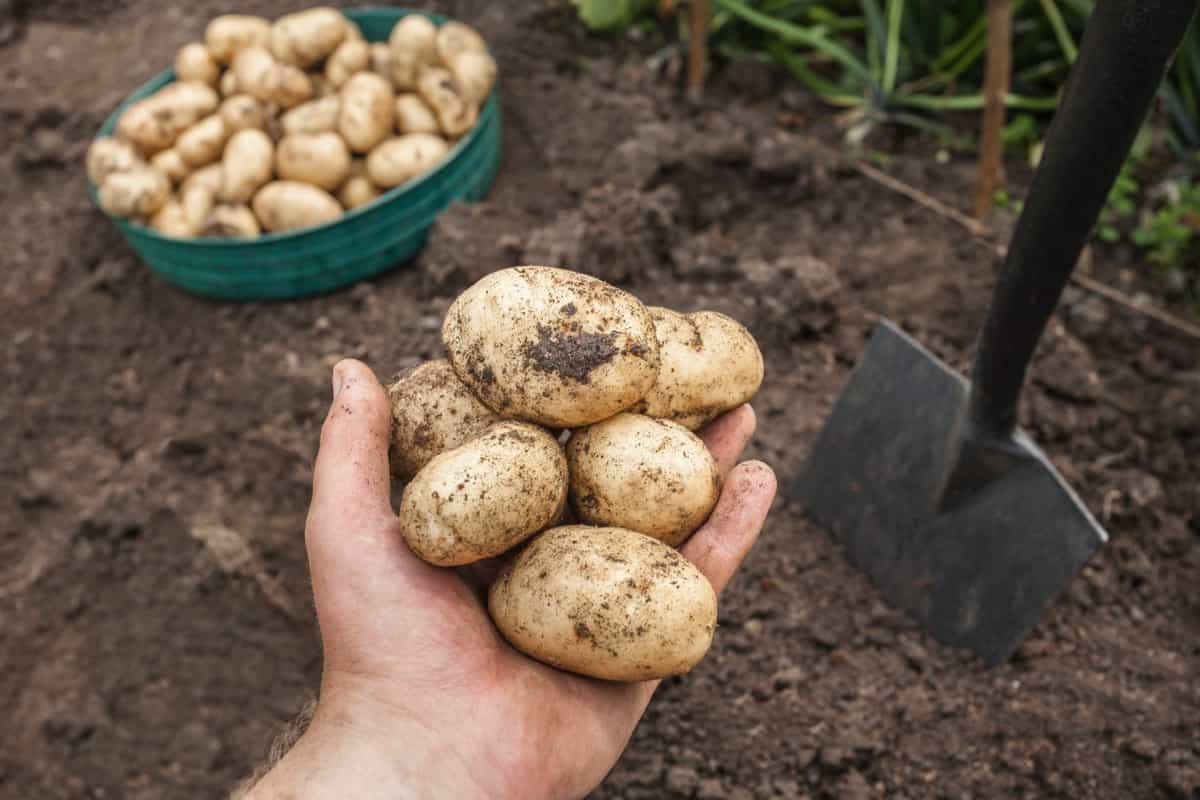
Kufri Badshah has a semi-compact canopy, green stem with red-brown pigment scattered, ovate-lanceolate leaflet, white flower, white-cream ovoid tuber with shallow eyes and white flesh, and red-purple sprout. It is adapted to North Indian plains and plateau, has medium maturity, average yield potential of 300-350 quintals per hectare, good storability, susceptible to early and late blight, immune to wart, early bulker, tolerant to gemini virus, slow degeneration rate.
Kufri Chamatkar has a semi-compact canopy, green stem with purple pigment at the base, lanceolate leaflet, white flower, yellow round tuber with medium-deep eyes, and yellow flesh, white-green sprout. It is suitable for North Indian plains, medium maturity, average yield potential of 300-350 quintals per hectare, good storability, resistance to late blight, susceptibility to various diseases, easy to cook, waxy texture, mild flavor, high dry matter, low reducing sugars, low phenols, suitable for making chips and French fries.
Kufri Chipsona-3 has a compact canopy, green stem with scattered red-brown pigment, ovate-lanceolate leaflet, white flower, white-cream round tuber with shallow eyes and white flesh, and red-purple sprout. It is suitable for Karnataka, West Bengal, and Madhya Pradesh. It has medium maturity, average yield potential of 300-350 quintals per hectare, good storability, field-resistant to late blight, susceptible to various diseases, easy to cook, mealy texture, mild flavor, high dry matter, low reducing sugars, low phenols, suitable for making chips.
Kufri Frysona is suited for North Indian plains, with an average yield potential of 200-250 quintals per hectare. It has a semi-compact canopy, green stems, ovate-lanceolate leaflets, red-violet flowers, white-cream long-oblong tubers with shallow eyes and white flesh, and red-purple sprouts. Kufri Garima is suitable for Uttar Pradesh, Bihar, and West Bengal, with medium maturity and average yield potential of 300-350 quintals per hectare.
Kufri Garima is suitable for Punjab, Haryana, Uttaranchal plains, and Western Uttar Pradesh, with medium maturity and an average yield potential of 300-350 quintals per hectare. It has a compact canopy, grey-green stem, ovate-lanceolate leaflet, white flower, light yellow ovoid tuber with shallow eyes and light yellow flesh, and red-purple sprouts. Kufri Girdhari is suitable for Indian hills, with medium maturity and an average yield potential of 300-350 quintals per hectare.
Kufri Safed is suitable for North Indian plains but matures late, yielding around 200-250 quintals per hectare. It can be stored well but is susceptible to various diseases and pests. When cooked, it becomes waxy with a mild flavor and doesn’t discolor after cooking.
Kufri Shailja is suitable for North Indian hills with medium maturity but has average storability. It shows resistance to late blight and is easy to cook. The texture is waxy, the flavor is mild, and it doesn’t discolor after cooking.
Kufri Sheetman is suitable for North-western plains with medium maturity but has poor storability. It’s moderately resistant to early blight but susceptible to late blight and certain viruses. It becomes floury with a mild flavor and doesn’t discolor after cooking.
Kufri Sindhuri is suitable for North Indian plains and plateaus with early maturity. It yields around 250-300 quintals per hectare and can be stored well. It’s not tested for early blight but is susceptible to late blight. When cooked, it becomes waxy with a mild flavor, making it good for making French fries.
Kufri Sutlej is suitable for North Indian plains with medium maturity but has poor storability. It’s resistant to early blight and late blight, and when cooked, it becomes floury with no discoloration after cooking.
In case you missed it: How to Start Potato Farming in USA: A Step-By-Step Production/Growing Guide for Beginners
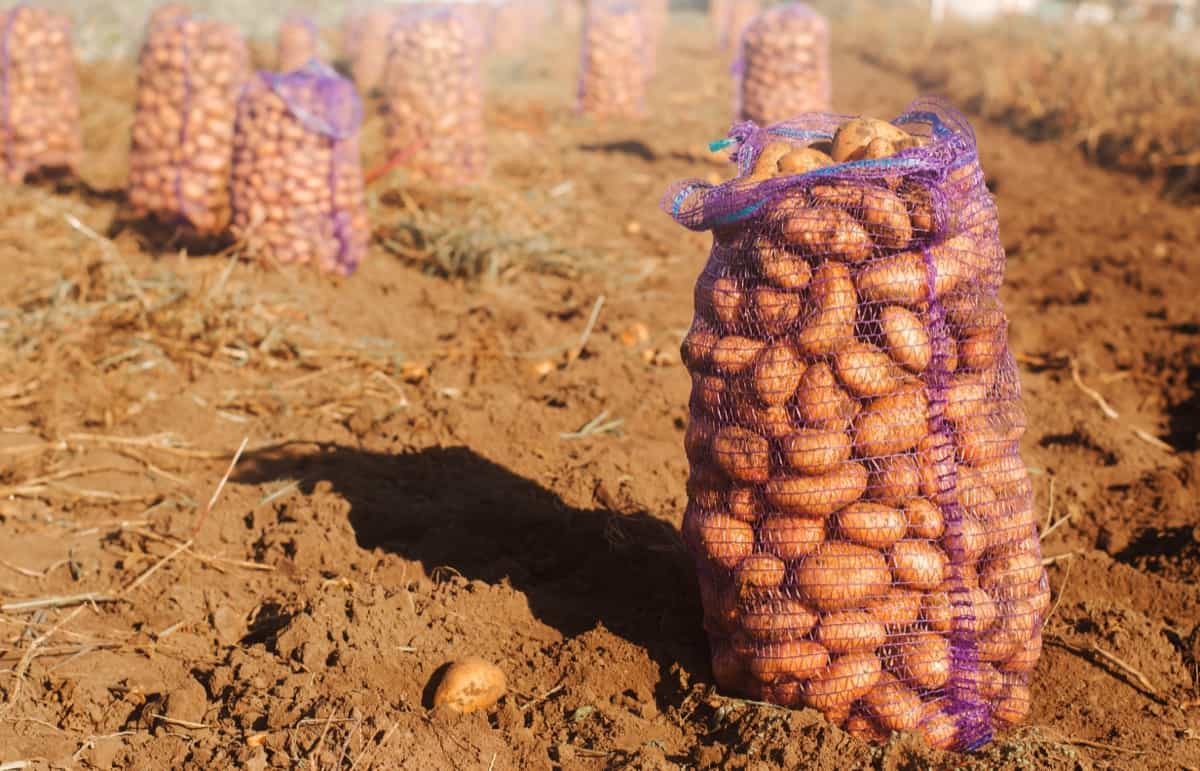
Kufri Swarna is suitable for South Indian hills with medium maturity but has poor storability. It’s resistant to early blight and late blight, and when cooked, it becomes floury with no discoloration after cooking.
Agro-Economic Zones for Potato Cultivation in India
Potatoes are cultivated across various agro-economic zones in India. In the North-Western Plains, they thrive in early, medium, and late durations. The West-Central Plains also cultivate them in these durations. The North-Eastern Plains and Plateau region focus on early and medium durations.
The North-Western, North-Eastern, North-Bengal, Sikkim, and Southern Hills predominantly grow potatoes in medium durations. These diverse zones accommodate different potato varieties, adapting to regional climates and contributing significantly to India’s potato production, catering to various market demands.
Indian Potato Varieties/ Hybrids Commercially Grown in Other Countries
- Afghanistan: Kufri Chandramukhi
- Nepal: Kufri Jyoti, Kufri Sindhuri
- Bhutan: Kufri Jyoti
- Bangladesh: Kufri Sindhuri
- Mexico: I-654 as CCM-69.1
- Sri Lanka: I-822 as cv. Khrushi, I-1085 as cv. Sita
- Philippines: I-1035 as cv. Montanosa, I-1085 as cv. BSUP-04
- Madagascar: I-1035 as Malaika
- Bolivia: I-1039 as cv. India
- Vietnam: I-1039 as cv. Red skin
These varieties and hybrids have found commercial success in these countries due to their adaptability and desirable characteristics, contributing to global potato cultivation diversity.
In case you missed it: Fertilizer Management in Potatoes: Organic, Compost Manure, NPK, and Schedule
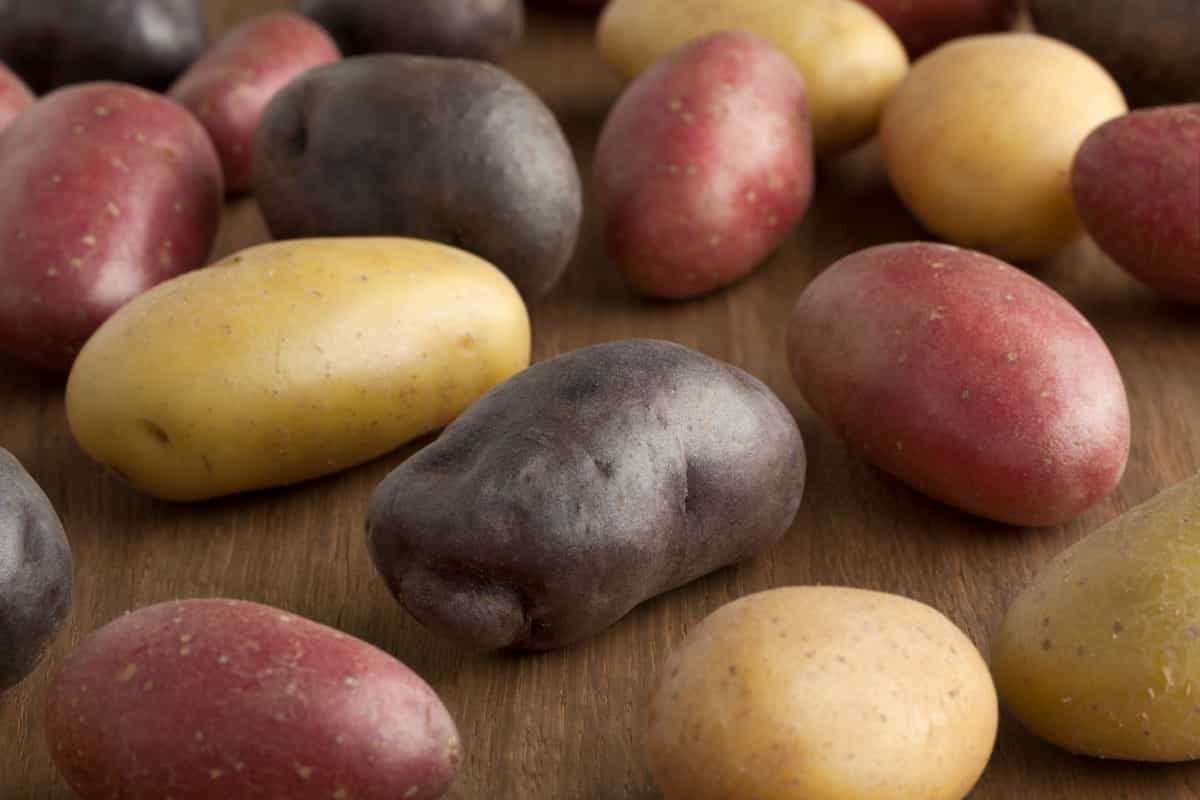
Conclusion
Adopting high-yielding potato hybrid cultivars in India presents a promising avenue for increasing profits in potato farming. These hybrids offer improved yields, disease resistance, and adaptability to agro-climatic zones. By harnessing the potential of these varieties, Indian farmers can enhance their productivity, reduce risks, and ultimately bolster their profits in the potato cultivation sector.
- Types of Pesticides Used in Agriculture: A Beginner’s Guide
- Economical Aquaculture: A Guide to Low-Budget Fish Farming
- 15 Common Planting Errors That Can Doom Your Fruit Trees
- How to Make Houseplants Bushy: Effective Tips and Ideas
- Innovative Strategies for Boosting Coconut Pollination and Yield
- Pollination Strategies for Maximum Pumpkin Yield
- The Complete Guide to Chicken Fattening: Strategies for Maximum Growth
- Natural Solutions for Tulip Problems: 100% Effective Remedies for Leaf and Bulb-Related Issues
- Revolutionizing Citrus Preservation: Towards a Healthier, Greener Future
- Natural Solutions for Peony Leaf and Flower Problems: 100% Effective Remedies
- Maximizing Profits with Avocado Contract Farming in India: A Comprehensive Guide
- Natural Solutions for Hydrangea Problems: 100% Effective Remedies for Leaf and Flowers
- The Ultimate Guide to Choosing the Perfect Foliage Friend: Bringing Life Indoors
- From Sunlight to Sustainability: 15 Ways to Use Solar Technology in Agriculture
- The Ultimate Guide to Dong Tao Chicken: Exploring from History to Raising
- The Eco-Friendly Makeover: How to Convert Your Unused Swimming Pool into a Fish Pond
- Mastering the Art of Delaware Chicken Farming: Essentials for Healthy Backyard Flocks
- 20 Best Homemade Fertilizers for Money Plant: DIY Recipes and Application Methods
- How to Craft a Comprehensive Free-Range Chicken Farming Business Plan
- Brighten Your Flock: Raising Easter Egger Chickens for Beauty and Bounty
- How to Optimize Your Poultry Egg Farm Business Plan with These Strategies
- Subsidy for Spirulina Cultivation: How Indian Government Schemes Encouraging Spirulina Farmers
- Ultimate Guide to Raising Dominique Chickens: Breeding, Feeding, Egg-Production, and Care
- Mastering the Art of Raising Jersey Giant Chickens: Care, Feeding, and More
- Ultimate Guide to Raising Legbar Chickens: Breeding, Farming Practices, Diet, Egg-Production
- How to Raise Welsummer Chickens: A Comprehensive Guide for Beginners
- How to Protect Indoor Plants in Winter: A Comprehensive Guide
- Ultimate Guide to Grow Bag Gardening: Tips, Tricks, and Planting Ideas for Urban Gardeners
- Guide to Lotus Cultivation: How to Propagate, Plant, Grow, Care, Cost, and Profit
- Agriculture Drone Subsidy Scheme: Government Kisan Subsidy, License, and How to Apply Online
- Ultimate Guide to Raising Araucana Chickens: Breed Profile, Farming Economics, Diet, and Care
- Bringing Hydroponics to Classroom: Importance, Benefits of Learning for School Students
- Ultimate Guide to Raising Polish Chickens: Breed Profile, Farming Economics, Diet, and Care
- Ultimate Guide to Raising Australorp Chickens: Profile, Farming Economics, Egg Production, Diet, and Care
- Silkie Chicken Farming: Raising Practices, Varieties, Egg Production, Diet, and Care
- Sussex Chicken Farming: Raising Practices, Varieties, Egg Production, Diet and Care
Nice content also suggest important crop practices for good yield
Important points to remember for cultivate